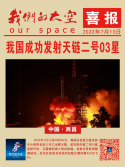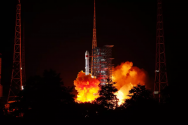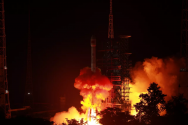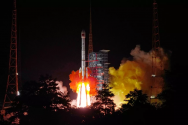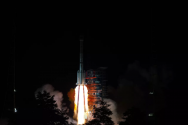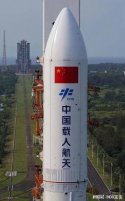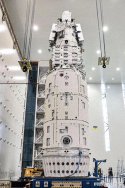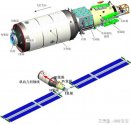2.3. Содержание сделки, в том числе гражданские права и обязанности, на установление, изменение или прекращение которых направлена совершенная сделка: выполнение работ по изготовлению и сборке отсеков, сборке, проведению работ на КИС и сдаче ТПК «Союз МС», дооснащению ТПК «Союз МС» индивидуальным снаряжением (три комплекта) в соответствии с документацией Генерального конструктора на ТПК «Союз МС», подготовке к запуску ТПК «Союз МС», участию в пуске РКН и послеполётному обслуживанию СА ТПК «Союз МС» между Заказчиком – ПАО «РКК «Энергия» и Исполнителем – ЗАО «ЗЭМ» РКК «Энергия».
2.4. Срок исполнения обязательств по сделке, стороны и выгодоприобретатели по сделке, размер сделки в денежном выражении и в процентах от стоимости активов эмитента: - срок исполнения обязательств по сделке: 15.04.2022 г. - стороны по сделке: Заказчик - ПАО «РКК «Энергия», Исполнитель – ЗАО «ЗЭМ» РКК «Энергия». - размер сделки в денежном выражении и в процентах от стоимости активов эмитента: твердая цена: 2 134 533 842,00 (Два миллиарда сто тридцать четыре миллиона пятьсот тридцать три тысячи восемьсот сорок два) рубля 00 копеек, что составляет 2,01% от балансовой стоимости активов Корпорации.
Machine translation:
2.3. The content of the transaction, including civil rights and obligations, to establish, change or terminate which the transaction is aimed at: performance of work on the manufacture and assembly of compartments, assembly, work on the CIS and delivery of the Soyuz MS TPK, retrofitting the Soyuz MS TPK individual equipment (three sets) in accordance with the documentation of the General Designer for the Soyuz MS TPK, preparation for the launch of the Soyuz MS TPK, participation in the launch of the ILV and post-flight maintenance of the Soyuz MS TPK between the Customer - PJSC RSC Energia and the Contractor - CJSC ZEM RSC Energia.
2.4. Deadline for fulfillment of obligations under the transaction, parties and beneficiaries under the transaction, amount of the transaction in monetary terms and as a percentage of the value of the issuer's assets: - Deadline for fulfillment of obligations under the transaction: 04/15/2022 - parties to the transaction: Customer - PJSC RSC Energia, Contractor - CJSC ZEM RSC Energia. - amount of the transaction in monetary terms and as a percentage of the value of the issuer's assets: fixed price: 2,134,533,842.00 (Two billion one hundred thirty four million five hundred thirty three thousand eight hundred forty two) rubles 00 kopecks, which is 2.01% of the balance sheet value of the Corporation's assets.

